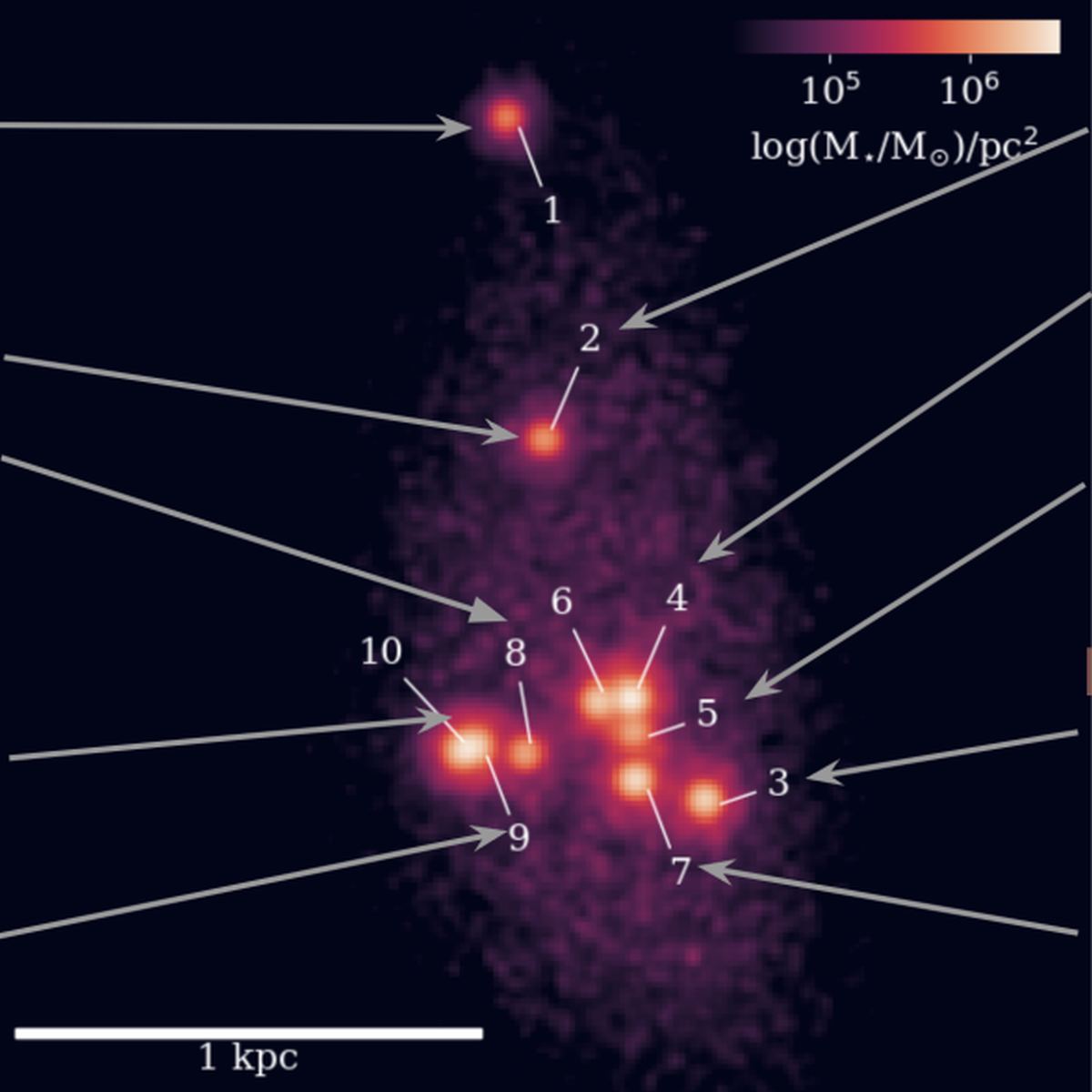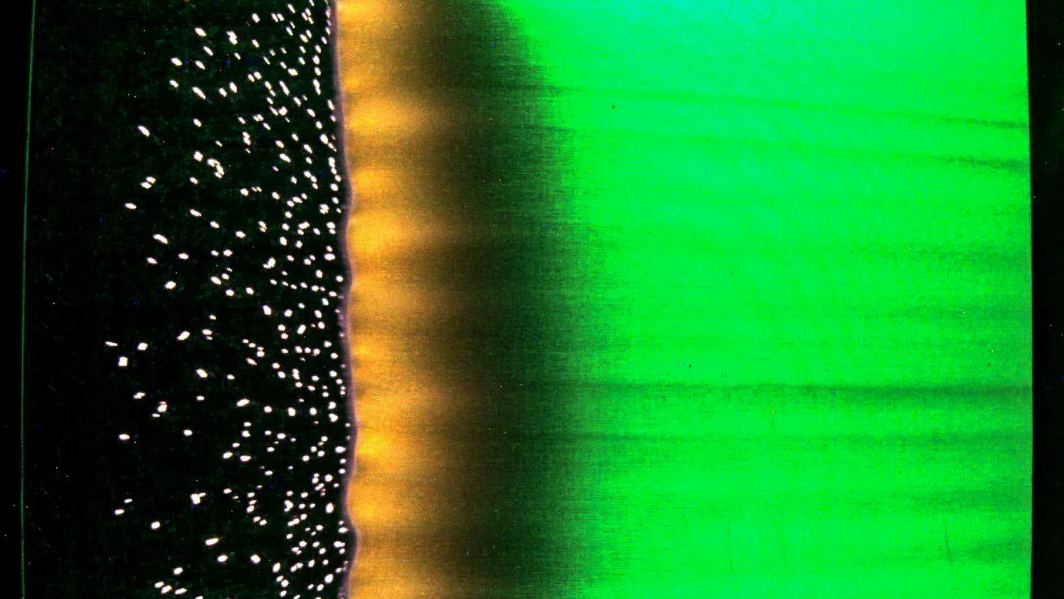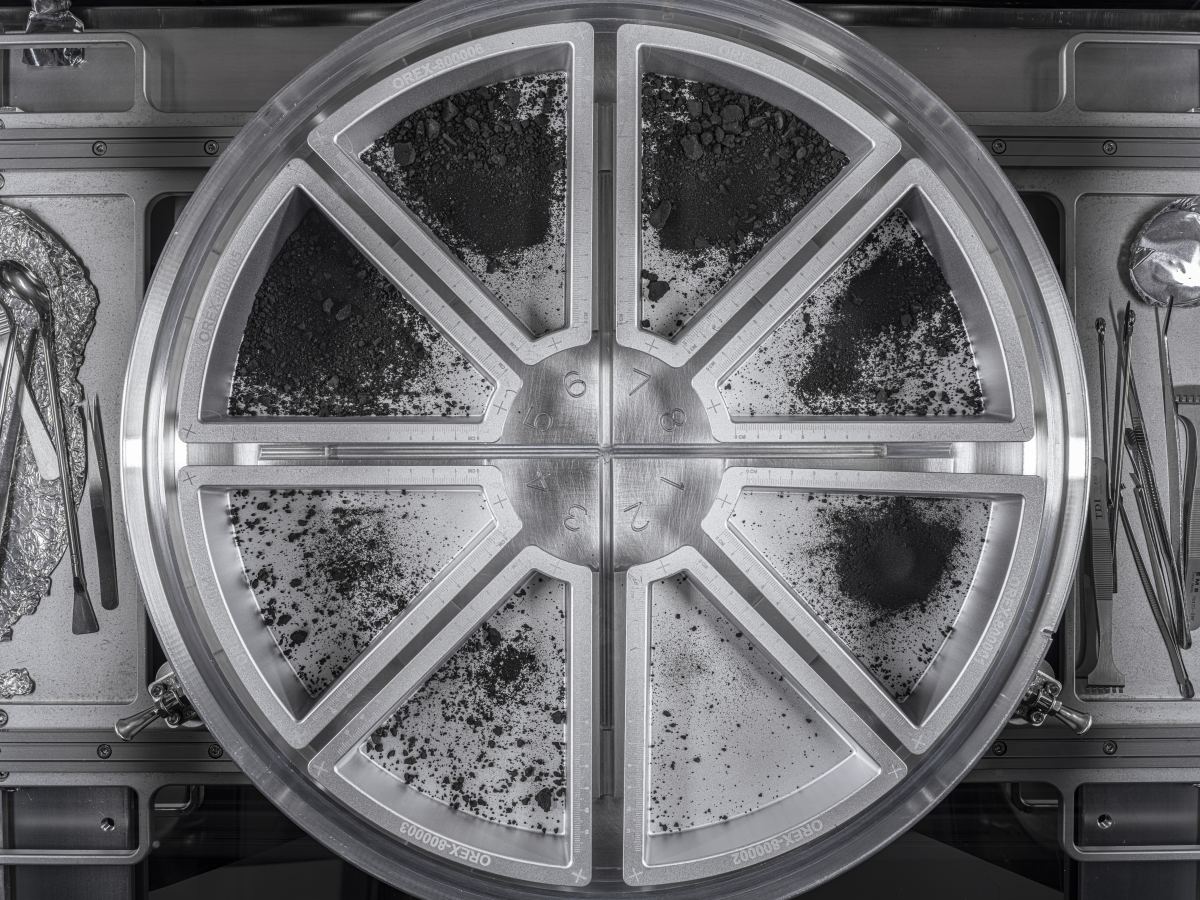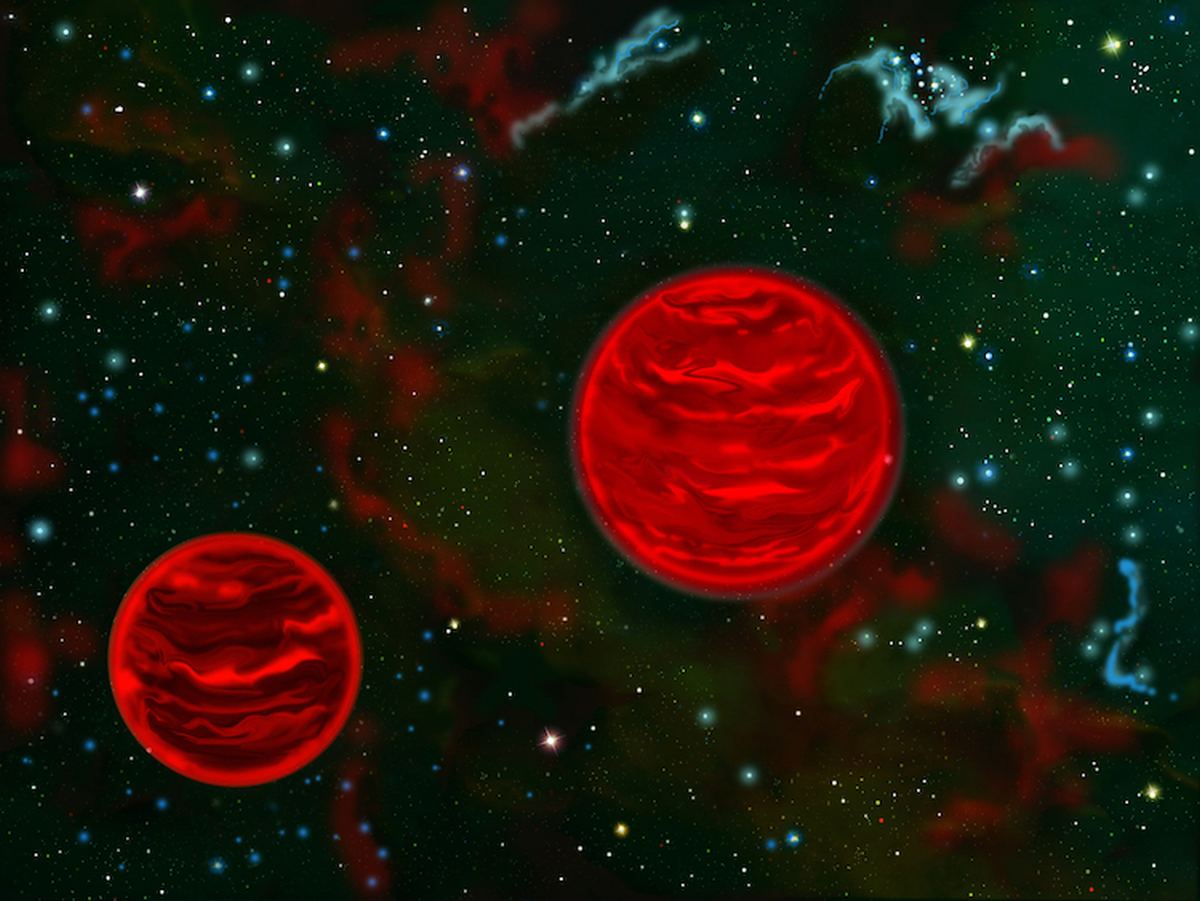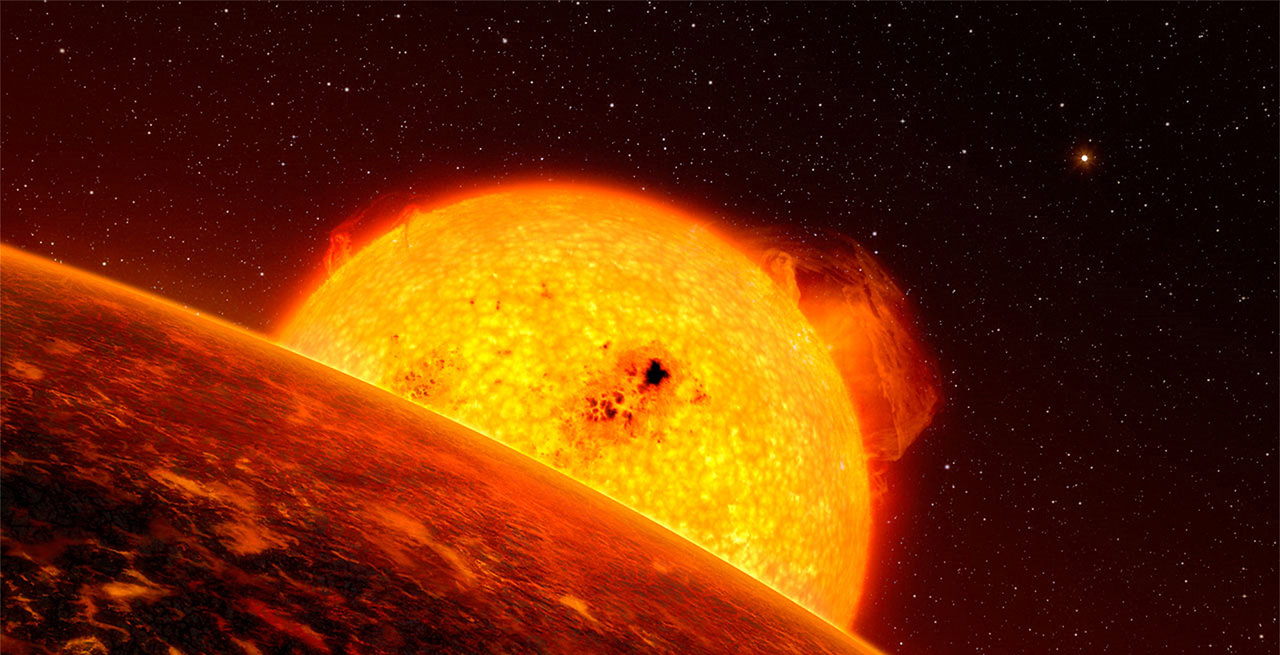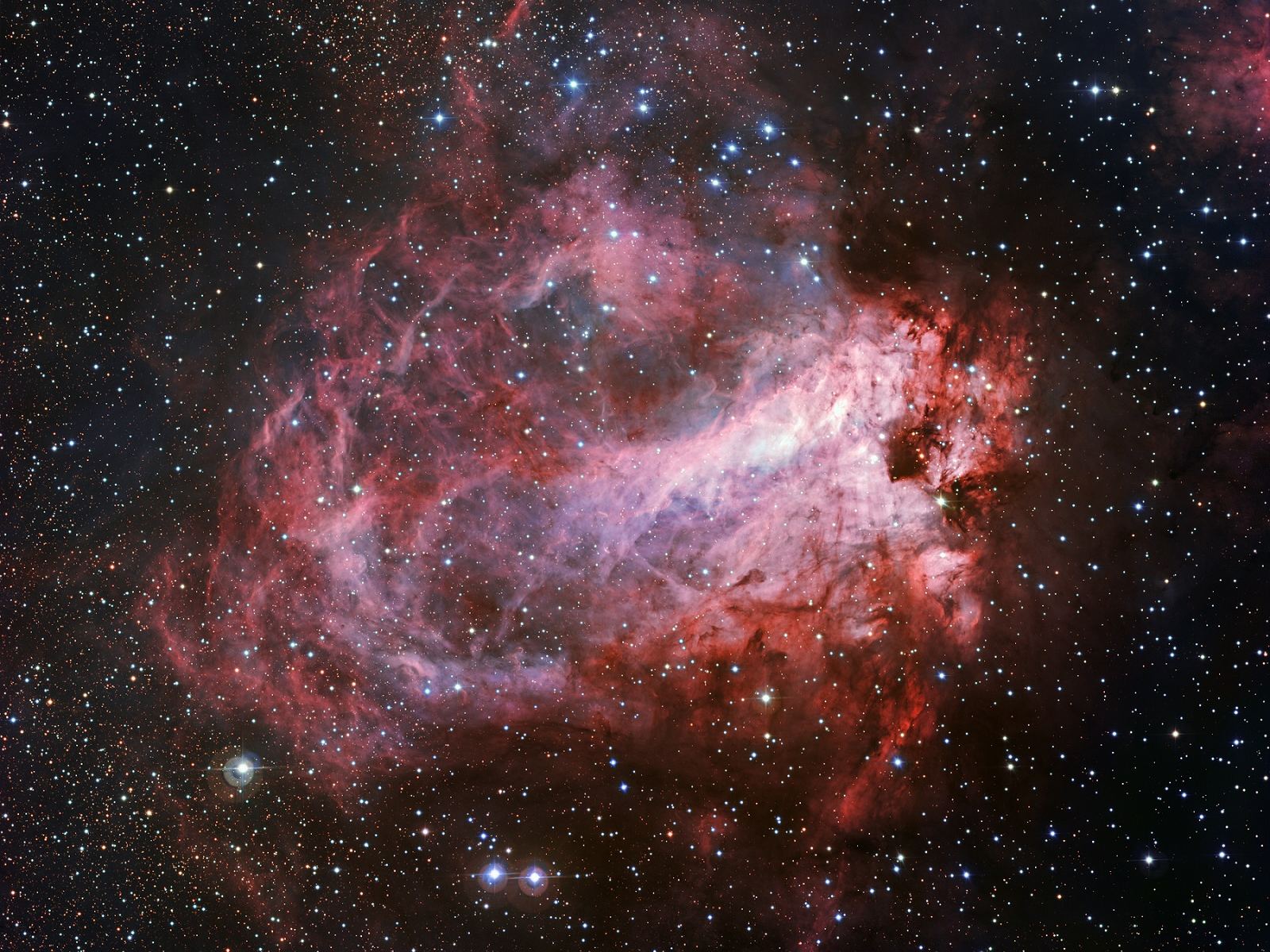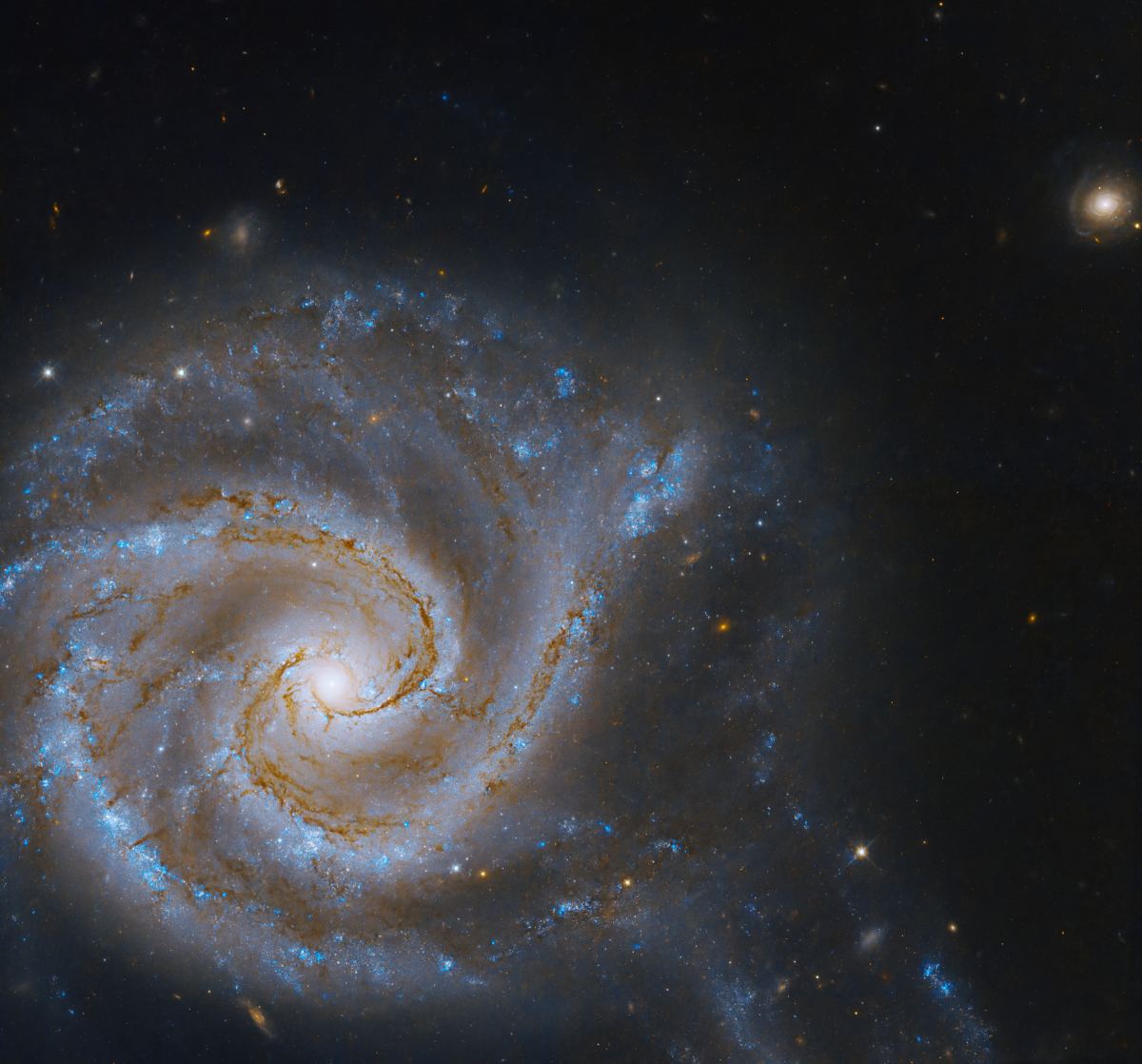Can we secure our place in the Solar System? Not in any absolute sense because nature can be very unpredictable. But we can make the effort to safeguard our civilization by cataloguing potentially dangerous asteroids. An upcoming space telescope will help.
Continue reading “A New Space Telescope will Map the Universe and Help Protect the Earth from Asteroids”A New Space Telescope will Map the Universe and Help Protect the Earth from Asteroids


